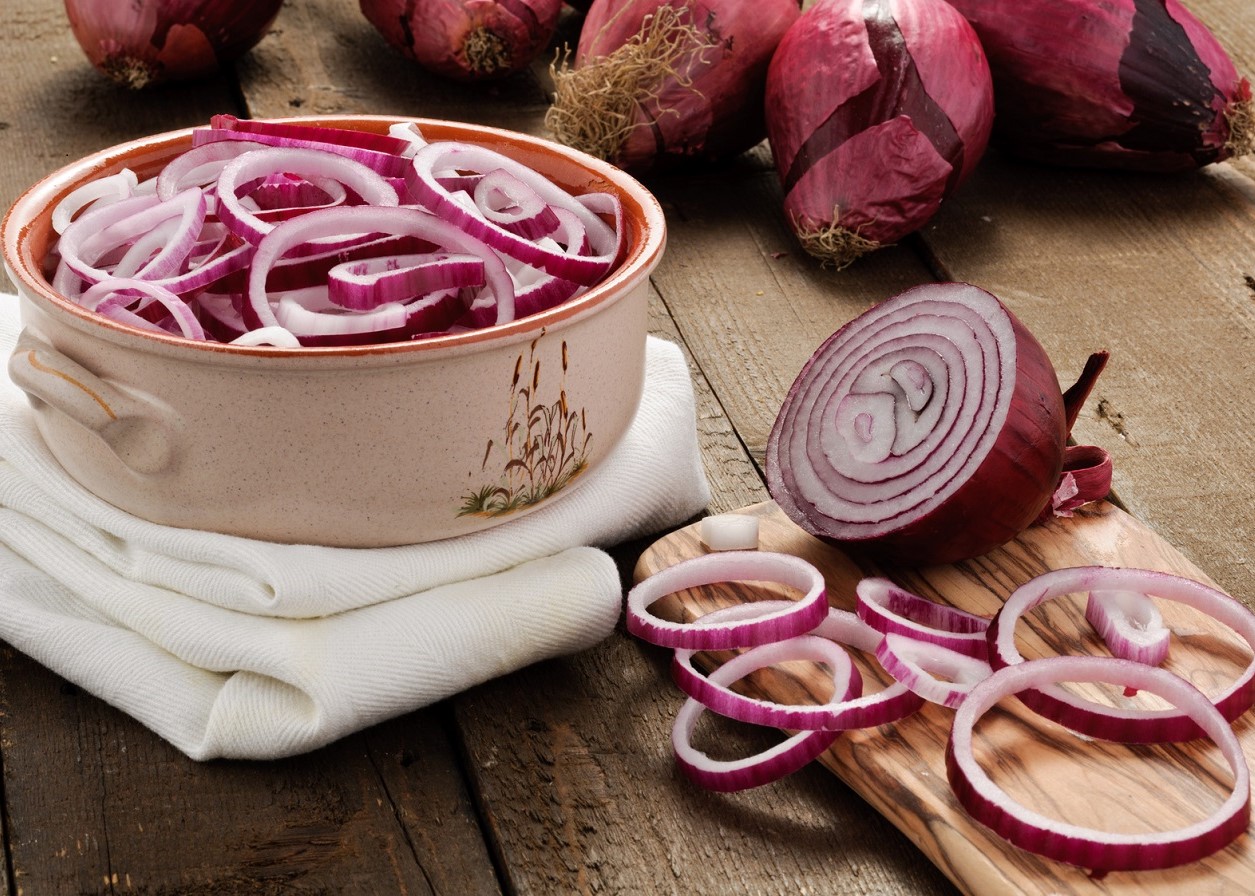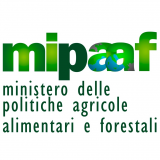
Various historical and bibliographic sources attribute the introduction of the onion in the Mediterranean basin, and especially Calabria, before the Phoenicians and after the Greeks. The plots of land adjacent to the coast of Calabria had the ideal soil and climate conditions for this unique ecotype, a lover of cool soil overlooking the sea. Citations found in the writings of many travellers who reached Calabria between 8th and 9th centuries and visited the Tyrrhenian coast between Pizzo and Tropea Pizzo, speak of red onions.
This product spread with greater intensity in the Bourbon period, when it began to be requested by Northern Europe, while, with the intensification of trade in the mid-1950s, it began to be known and appreciated in overseas markets as well.
Production
Cultivation begins with the preparation of the soil, which is ploughed and milled. Planting is done in three different ways: planting bulbs, direct sowing and transplanting seedlings with bare roots. Bulbs are planted in late August for production in October. Direct sowing is done in loose, well-levelled soil in late August-early September and, with this planting method, production is delayed during Christmas.
Transplanting involves preparing seedlings in outdoor seedbeds during August and September, with transplantation in late September-early October so as to start production from December-January to March and in any event later than for direct sowing.
Successful cultivation requires special attention to irrigation, especially in the early stages of the crop cycle and particularly using direct sowing and working in soils with a low water retention capacity. The harvest is done by hand and, for reserve onions, when the bulbs reach a considerable size and the so-called “necks” are a deep red colour.
The onions are pulled out and left in the field to dry for at least 8 days. While the cipollotto (spring onion) variety and onions to be eaten fresh are pulled when the tails are still an intense green and the “necks” begin to turn red. The soil, temperature, daylight hours of the district of the medium-high Tyrrhenian coast of Calabria, its peculiar genetic heritage and human ingenuity, are solely responsible for the excellent physical-chemical and sensory characteristics of this product.
The area
The production area of this ecotype is well defined: it includes the medium-high Tyrrhenian coast of Calabria, involving the Provinces of Cosenza, Catanzaro and Vibo Valentia. The area consists of deep, sandy and fertile soil with a wealth of streams and a Mediterranean micro-climate. In these places, the sun and the sea mitigate the winters without creating too many temperature changes: this seems to be the cause of the sweet flavour that characterizes the Cipolla Rossa di Tropea Calabria, which can be eaten directly as they are harvested.
While this crop is not a driver of Calabrian agriculture, Cipolla Rossa di Tropea Calabria IGP is an important economic as well as social and cultural resource due to its close relationship with the area. For this reason, there are no problems placing it on the market, because its unique sensory characteristics make it attractive and sought after all over the world, on both Italian and international markets.
By Consorzio della Cipolla Rossa di Tropea Calabria with MiPAAF



